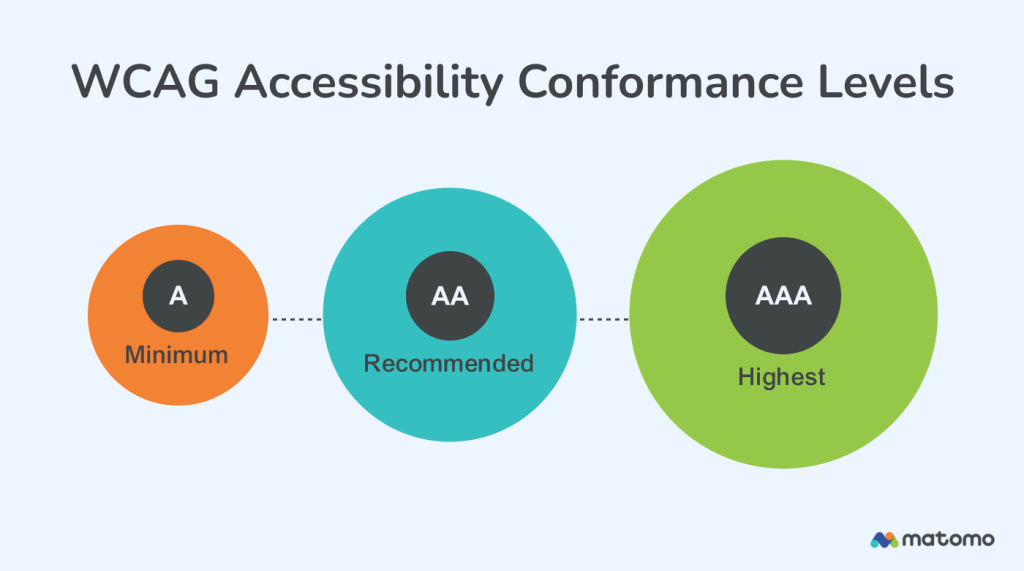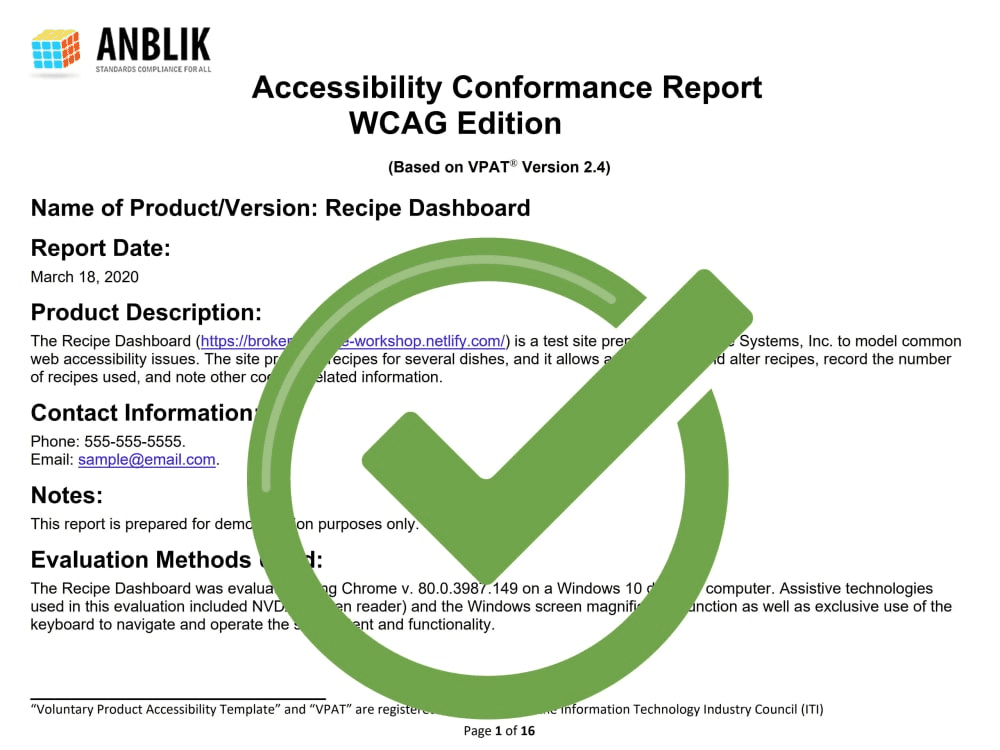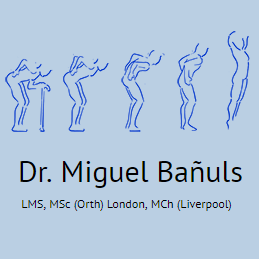Accessibility Conformance is a crucial aspect of developing effective Design Systems that meet the needs of all users. Ensuring compliance with WCAG (Web Content Accessibility Guidelines) not only enhances user experience but also aligns with best practices for Responsive Design. As the digital landscape evolves, automating design systems has become essential, allowing designers to create scalable and inclusive interfaces. The implementation of CSS “base” units could revolutionize how components interact, providing a new layer of optimization for accessibility conformance. By addressing these diverse elements, we can foster a more inclusive web where every user can easily navigate and engage with digital content.
The concept of ensuring accessibility focuses on the principles of inclusivity and usability across various design frameworks. By achieving compliance with guidelines aimed at enhancing user experiences, developers can create systems that cater to a broader audience. Emerging techniques, such as automating design strategies and incorporating innovative CSS units, present exciting opportunities for improving interoperability among web components. Such advancements not only streamline responsive design but also significantly contribute to the optimization of interfaces for accessibility. Ultimately, fostering a digital environment that prioritizes accessibility conformance can lead to more dynamic and user-friendly web experiences.
Understanding Accessibility in Component Design
Accessibility is a crucial aspect of web design that goes beyond simply optimizing individual components. When we talk about conformance to WCAG (Web Content Accessibility Guidelines), it’s important to recognize that real accessibility is achieved when complete web pages are crafted thoughtfully, integrating components that are designed to work harmoniously. Merely making a button or a form accessible isn’t enough if the overall user experience is disjointed or if it lacks proper context and coherence.
Therefore, while one might enhance a component to conform to accessibility standards, the question remains: does this isolated effort lead to a genuinely accessible user experience? A well-structured design system must consider how each element interacts with others on the page, focusing on the entire ecosystem of design rather than individual pieces.
Automating Design Systems for Efficiency
Automation within design systems represents a significant leap towards efficiency. Imagine a scenario where you update a design token or component, and that change reflects automatically across all instances in your project. This capability could save countless hours and reduce errors, streamlining the workflow for designers and developers alike. However, this raises another layer of complexity.
As we automate, we must also be vigilant about the impacts of these changes. One tweak to a design component can have ripple effects that unintentionally alter the functionality or appearance of other items in the system. It necessitates a careful consideration of how interdependencies are managed within a design system. Solutions are needed to visualise these impacts, ensuring that automation does not compromise the integrity of the overall design.
The Concept of CSS Base Units
The exploration of a new CSS base unit opens up intriguing possibilities for web design. The idea centers around the concept of establishing a single element as a baseline for font-related properties, thereby creating a more cohesive visual rhythm among components. This could potentially alleviate the discrepancies often encountered with various font sizes and styles, providing a streamlined method for achieving design consistency.
Visualizing buttons or headers inheriting font sizes based on this base unit suggests a new level of flexibility and interoperability among components. Such an approach resonantly aligns with the idea of container query units, but ideally, it eliminates the need for additional wrappers in the markup. This could lead to smoother design system updates, fostering a more cohesive experience without the complications traditionally tied to component interactions.
Interplay Between CSS and Accessibility
Examining the relationship between CSS properties and accessibility standards is paramount in today’s design landscape. Could the introduction of base units not only enhance aesthetic interoperability among components but also optimize them for WCAG conformance? It raises fascinating questions about how properties could be inherited through a designated base element. This concept invites further exploration into whether such synergies could simplify compliance with accessibility guidelines.
Additionally, one might ponder the potential overlaps with CSS @scope, which allows for scoped styling—could our proposed base units lend themselves to more nuanced control over how styles are inherited and applied? The intersection of these concepts could lead to innovative solutions that not only simplify design processes but also enhance the accessibility of web components.
Merging Ideas for a Cohesive Design Philosophy
The synthesis of these ideas—accessibility, automation, and CSS innovations—function as more than individual thoughts; they represent a new frontier in web design. It’s intriguing to contemplate how these elements interact, possibly leading to a more integrated design philosophy. The effort to promote automation might align perfectly with improving accessibility, provided that we remain mindful of the nuances involved.
Ultimately, the conversation surrounding these topics invites a deeper analysis of how we approach design systems today. As we continue to innovate, we should strive to weave these concepts together, fostering an environment where every layer of our design ethos is interconnected, enhancing user experience across the board.

Conclusion: The Interconnection of Accessibility and Design Systems
In exploring the intersections between accessibility conformance, design systems, and CSS base units, we realize that each element of web design must not only stand out on its own but also integrate seamlessly within a greater ecosystem. The consideration of components being individually optimized for WCAG conformance emphasizes the need for a holistic approach. It is not enough to ensure one component is accessible; the entire web page must be crafted to provide an inclusive experience. The integration of standardized design systems with a universal understanding of accessibility principles fosters a stronger web environment.
– Components must be designed to interact fluidly to uphold accessibility standards.
– A cohesive design system allows for better management of accessibility features across all components.
The concept of introducing a new CSS base unit presents a fascinating opportunity for enhancing design systems. Such innovations can lead to a more coherent and flexible approach to component styling, where properties can be inherited, reshaping the entire framework of responsive design. By allowing components to derive their properties from a designated base, design teams might find that updates become more manageable, resulting in greater interoperability across platforms. A CSS base unit could also mean that those designs are not just visually appealing but also structurally adherent to accessibility norms, promoting an intuitive user experience.
– The idea of inheriting styles from a base could simplify updates and improve consistency.
– There is potential for improving accessibility compliance as components are naturally aligned through shared properties.















